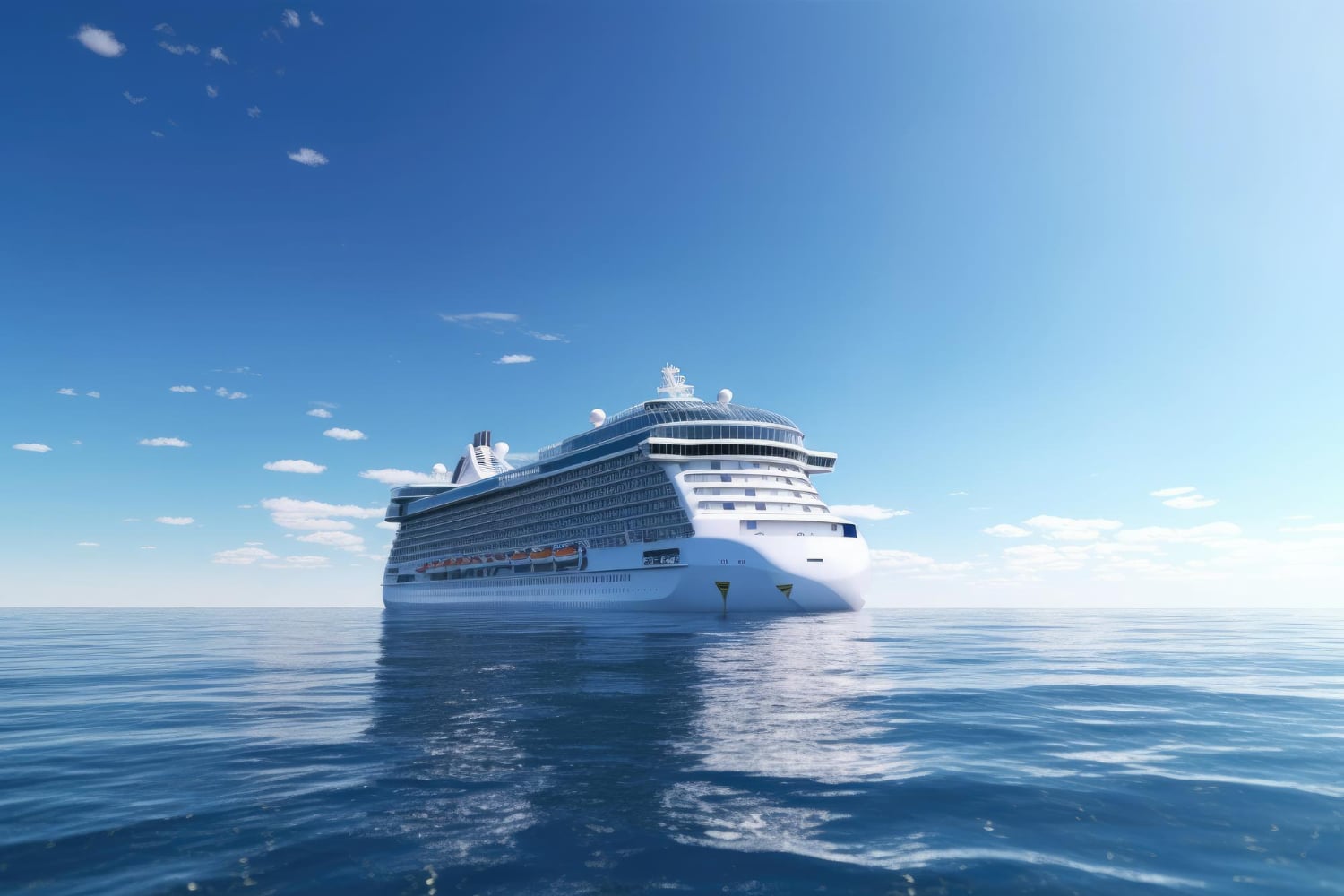
Cultural Etiquette for Shore Excursions
You’ve finally reached that long-awaited port — a buzzing local market, the aroma of fresh spices, and unfamiliar music in the air. But before you dive into that new culture headfirst, pause. Are you dressed appropriately? Is it OK to take photos? Should you tip the guide?
Shore excursions are more than sightseeing; they’re cross-cultural encounters. Every stop on your cruise invites you into a different way of life — one shaped by its own customs, values, and unspoken rules. And how you engage with these cultures matters.
This guide to cultural etiquette for shore excursions equips you with the knowledge and sensitivity to be a thoughtful guest. By understanding the basics of travel manners, you not only avoid unintentional offence, but create more meaningful and respectful interactions with locals.
Whether you’re heading to sacred temples, traditional villages, or bustling port towns, these insights will help you travel smarter, kinder, and more consciously.
Why cultural etiquette matters on shore excursions
You’re a guest — act like one
Cruise passengers often arrive in large groups, cameras ready, eager to explore. But locals may not always see visitors the same way — especially in destinations that feel over-touristed or where cultural norms are deeply rooted.
Good etiquette shows respect. It also:
- Helps you avoid misunderstandings
- Creates positive experiences for both you and your hosts
- Encourages sustainable, responsible tourism
- Deepens your appreciation of each place you visit
A simple gesture — like learning to say “thank you” in the local language — can go a long way in breaking down barriers.
Dress codes: More than a fashion choice
One of the most overlooked but significant parts of travel etiquette is clothing. What’s acceptable in one country may be offensive or inappropriate in another.
Respecting local standards
In some cultures, modesty is a sign of respect — even in hot climates.
Considerations:
- Religious sites: Many temples, mosques, and churches require covered shoulders, knees, and sometimes even hair (for women)
- Markets and villages: Tight or revealing clothing may attract unwanted attention or be seen as disrespectful
- Beachwear: Always wear a cover-up when off the beach — walking through towns in swimwear is frowned upon in many regions
When in doubt, observe what locals wear or ask your guide. A lightweight scarf or shawl can be a handy addition to your daypack.
And if your itinerary includes religious or rural areas, our guide to booking the right shore excursions includes advice on matching tours with your comfort level and cultural awareness.
Language and communication
You don’t have to speak fluently — just kindly
You won’t be expected to speak fluent Thai, Greek, or Swahili — but making a small effort to learn basic greetings shows warmth and respect.
Essential phrases to learn:
- Hello
- Thank you
- Please
- Excuse me / Sorry
- Yes / No
Even if your pronunciation isn’t perfect, people appreciate the effort.
Also, be mindful of body language. In some cultures:
- Pointing is rude
- Touching the head (even of children) is disrespectful
- Showing the soles of your feet or shoes is offensive
If you’re not sure what’s acceptable, your guide can often offer quick pointers before you step off the bus.
Photography: Ask before you snap

Taking photos is second nature while travelling — but not everyone is comfortable being photographed, especially without permission.
Respecting privacy
- Always ask before photographing people, especially in religious or rural communities
- Avoid flash in temples, churches, or sacred spaces
- Look for signs indicating “no photos” zones — and respect them
- Don’t photograph children or schools without explicit permission
And please, resist the temptation to treat locals as photo props. Aim to document with empathy, not intrusion.
Tipping and payments
Tipping practices vary wildly from one destination to another. What’s customary in the US or UK may be seen as unnecessary or even confusing elsewhere.
Guidelines:
- Research local expectations before your trip
- If you’re on a cruise line excursion, tips may already be included — check your booking details
- For independent excursions, it’s polite to tip guides and drivers if you’re happy with the service
- In markets, haggling is normal in some countries — but do it respectfully, and don’t argue over a few coins
If in doubt, your tour guide or cruise staff can provide destination-specific advice.
Cultural do’s and don’ts by region
While every country is unique, some general tendencies can help you navigate your interactions more smoothly.
Caribbean islands:
- Do: Greet people with a smile and friendly “hello” — Caribbean culture values politeness
- Don’t: Be impatient or rush — things may move at “island time”
Southeast Asia:
- Do: Remove shoes before entering homes or temples
- Don’t: Touch people on the head or point with your feet
Middle East:
- Do: Dress conservatively, especially as a woman
- Don’t: Public displays of affection are considered inappropriate
Mediterranean countries:
- Do: Learn a few local words — it’s appreciated
- Don’t: Assume everyone speaks English or wants to talk about politics
For those visiting multiple regions on one sailing, be aware that each port may have completely different norms — tailor your behaviour accordingly. If you’re still early in your planning process, this cruise booking guide for beginners can help you prepare for cultural engagement long before you set foot ashore.
Food and dining etiquette

Trying local food is a major part of the cruise experience, especially during culinary excursions. But what’s polite in one culture might be strange in another.
Tips to navigate mealtimes:
- Don’t start eating before the host or guide indicates
- Use your right hand only for eating in countries where the left hand is considered unclean
- If offered food, try a little, even if you’re unsure — refusing may be seen as rude
- Learn what gestures or expressions indicate enjoyment or dissatisfaction (they’re not universal!)
Respecting local food customs enhances not only your experience but your connection with the people who welcome you.
Behaviour in sacred spaces
Religious and sacred spaces are often highlights of shore excursions — and they come with their own set of rules.
General guidelines:
- Dress modestly
- Speak softly and avoid loud conversations
- Turn off or silence your phone
- Follow posted signs or instructions from guides
- Never touch altars, statues, or ceremonial objects unless invited
In some places, even body position matters — sitting with your feet facing a shrine, for example, may be considered offensive.
If you’re unsure what’s appropriate, a respectful question shows more consideration than silent guessing.
Responsible souvenir shopping
Everyone wants a keepsake from a special destination — but what you buy and where you buy it matters.
To shop responsibly:
- Buy local: Choose handmade items from artisans over mass-produced souvenirs
- Avoid exploitation: Be wary of underpriced goods — someone down the line might be underpaid
- Respect cultural significance: Don’t purchase sacred objects, religious items, or artefacts
- Support women-led cooperatives and social enterprises, which reinvest into communities
A souvenir that tells a story and supports local culture is far more meaningful than a fridge magnet from a tourist trap.
Giving back without overstepping
Many travellers feel a pull to help in destinations where poverty or inequality is visible. This instinct is admirable — but must be approached with care.
Best practices:
- Don’t give money or sweets to children — it encourages begging and dependency
- Avoid handing out goods without context — this can disrupt local economies
- Instead, support ethical tour operators or nonprofits that invest in communities
- Look for excursions with a community or conservation element
Sometimes the most powerful impact comes from simply showing respect, listening, and leaving a positive impression.
Conclusion: Kindness is the heart of great travel

Every shore excursion is a doorway into someone else’s home, culture, and worldview. And with that privilege comes the responsibility to tread lightly, observe thoughtfully, and behave with care.
By embracing cultural etiquette, you become more than a tourist — you become a respectful guest and a better global citizen. You’ll notice the difference in the warmth of your interactions, the depth of your memories, and the stories you carry home.
So on your next cruise, don’t just tick off the sights. Pause. Listen. Learn. And let your journey be one that honours every place — and every person — you meet.


